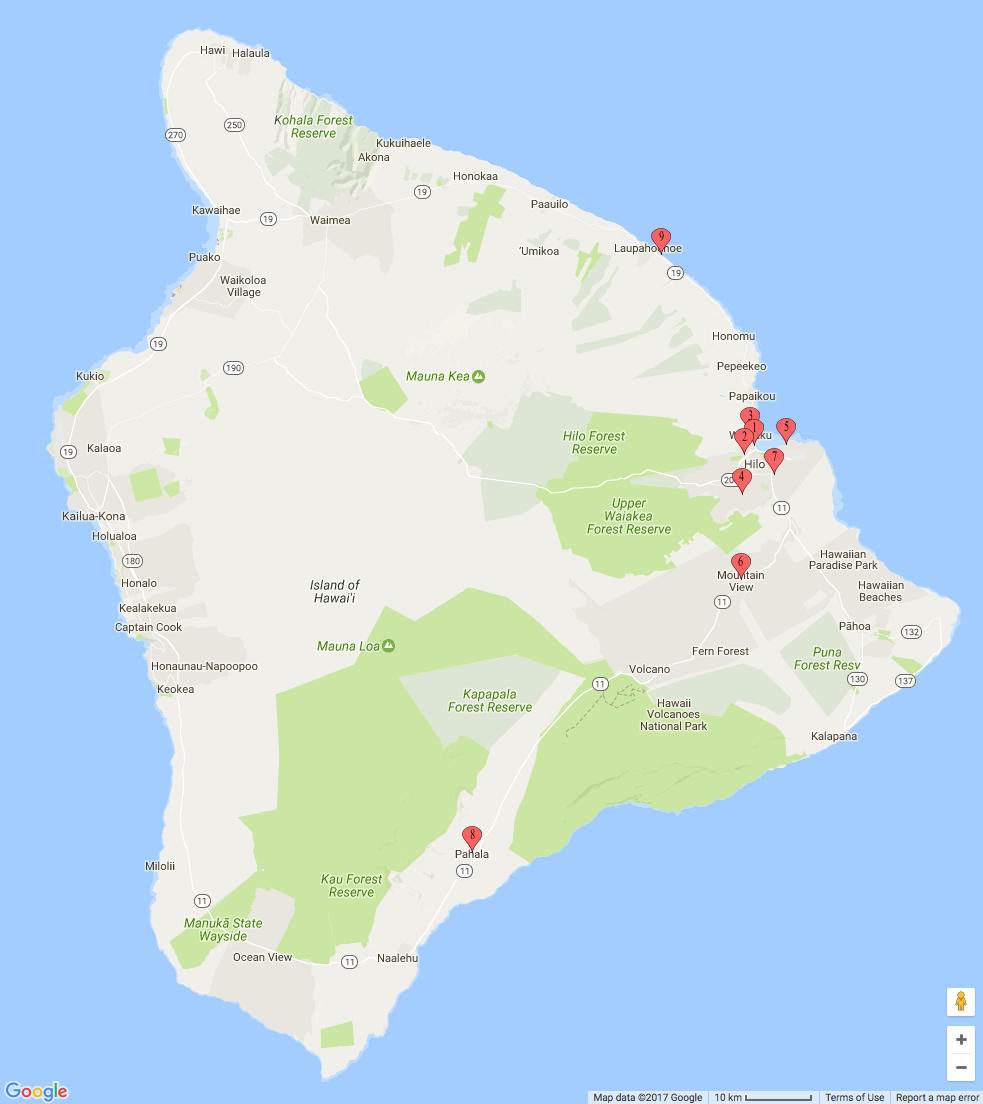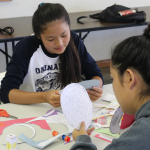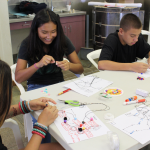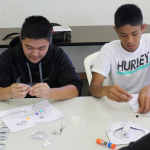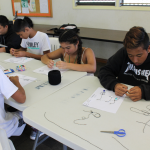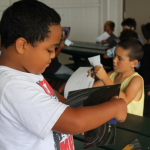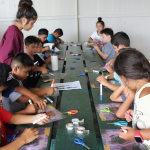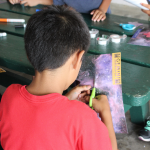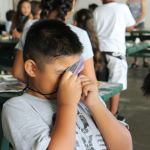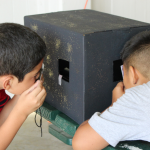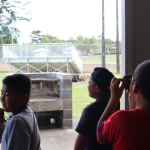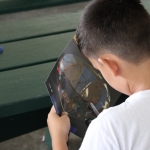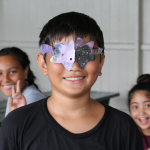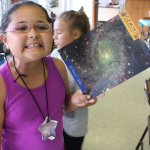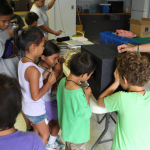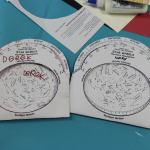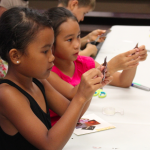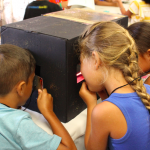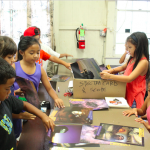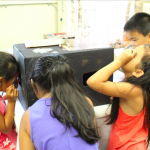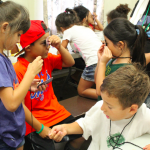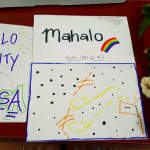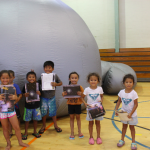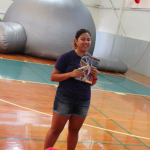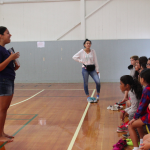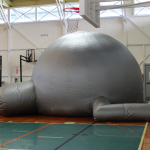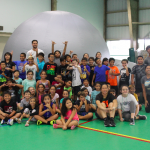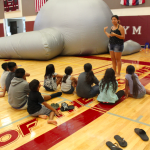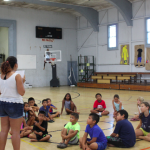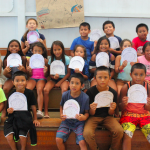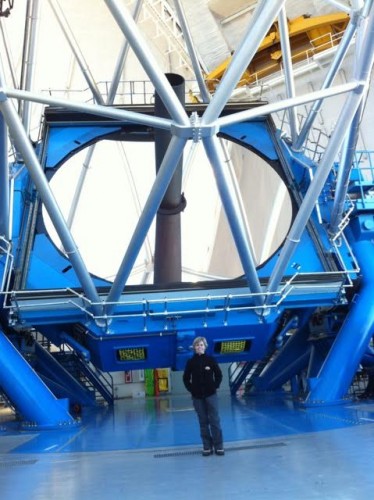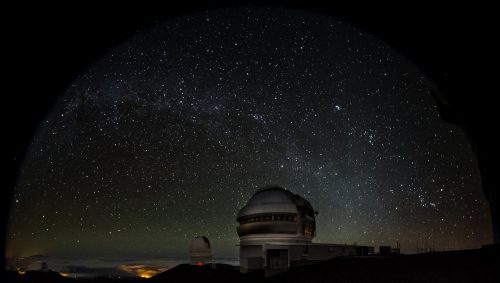- Date: 14 Jul 2017
- Comments: (0)
- Categories: For Everyone
Get to Know Gemini is a new series of blog posts aimed to highlight the different careers, backgrounds, and types of people contributing to Gemini Observatory and its science.

Image credit: Lavaman Waikoloa 2016
Name: Jeff Radwick
What is your current position and at which telescope?
Head of the Project Support Department (PSD), stationed at GN but the team is cross-site.
In four lines or less, explain what you do as part of the Gemini Observatory team?
- I am the Project Sponsor of all the Facility-Class instruments. I lead the Systems Engineers and Program Managers in new instrument acquisition.
- The PSD provides systems engineering support to the observatories (this is a nascent effort).
- I am leading the introduction to Gemini of aerospace class systems engineering practices, to get new instruments that meet technical, cost, and schedule requirements.
How long have you worked for Gemini?
5 months.
What drew you to this job?
The chance to work with astronomers as my customers.
What is the best part of your job?
Getting stuff done with a minimum of politics and a maximum of great people.
Where are you originally from/where did you grow up?
Hollywood, CA and I grew up in Central Florida.
What skill do you think is most important to know for your job?
Leadership ability.
Why is astronomy important?
Astronomy drives advances in physics and therefore our knowledge of how everything works and why we are here.
What is your favorite movie?
Patton
What is the latest book you have read?
Dereliction of Duty, H.R. McMaster.
What three albums would you bring with you to a desert island?
Kind of Blue Miles Davis,
Getz/Gilberto Stan Getz, Joao Gilberto
Songs in the Key of Life Stevie Wonder.
What is one hobby of yours?
Fly fishing and tying.
Favorite beverage?
Red wine
Check back next month to learn more about the staff that help Gemini to explore the Universe and share its wonders!

